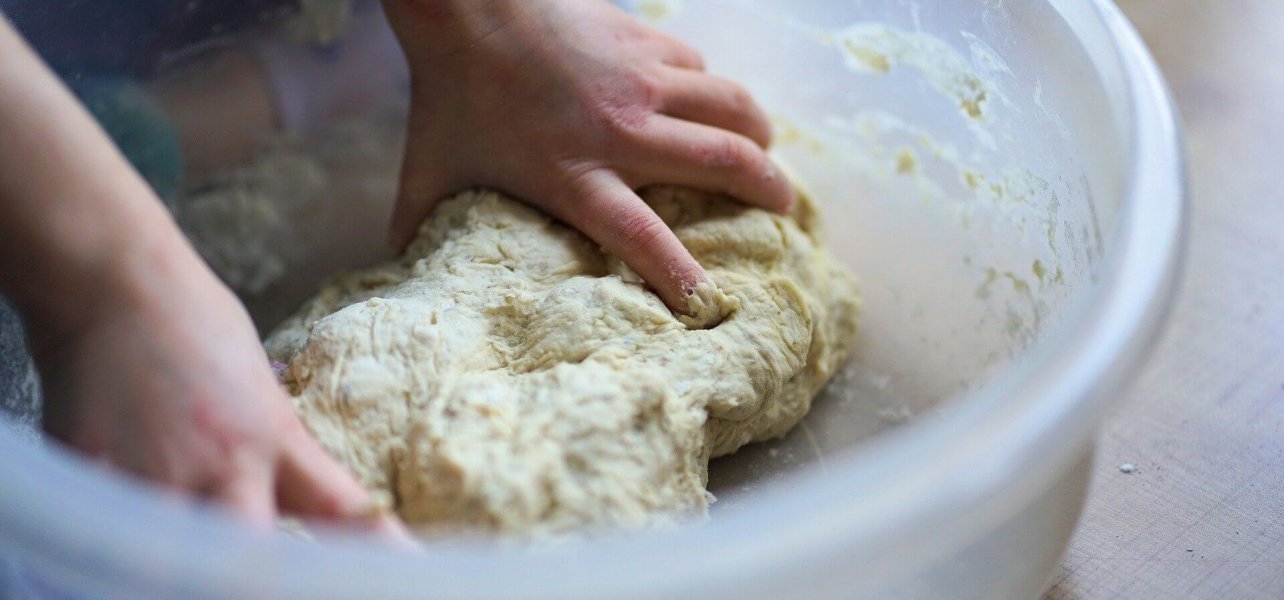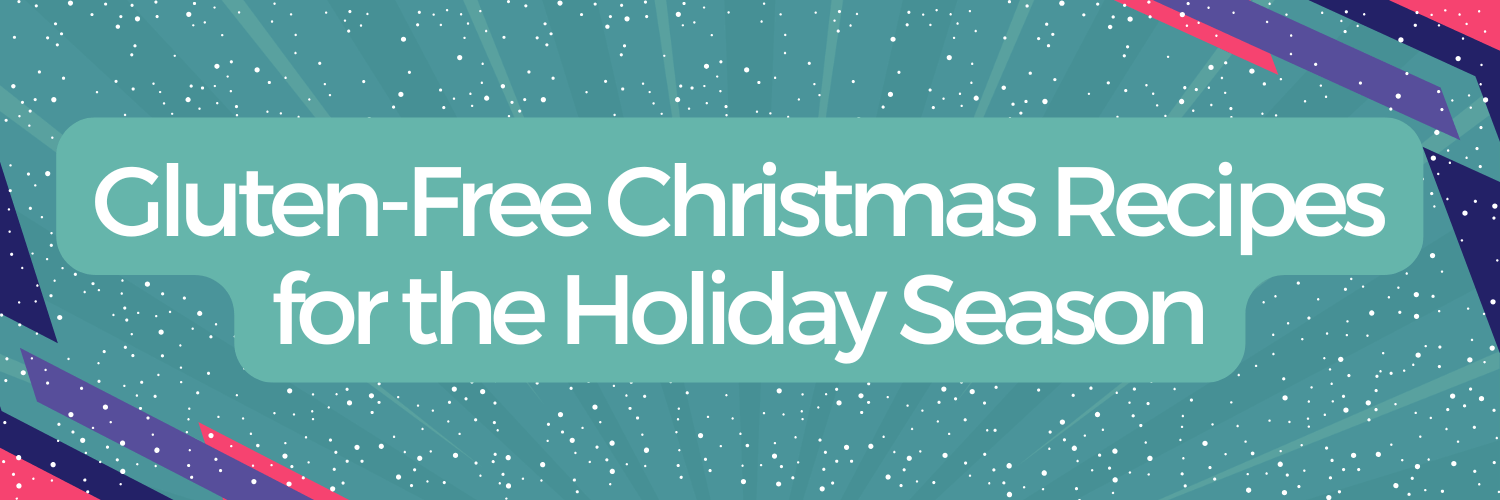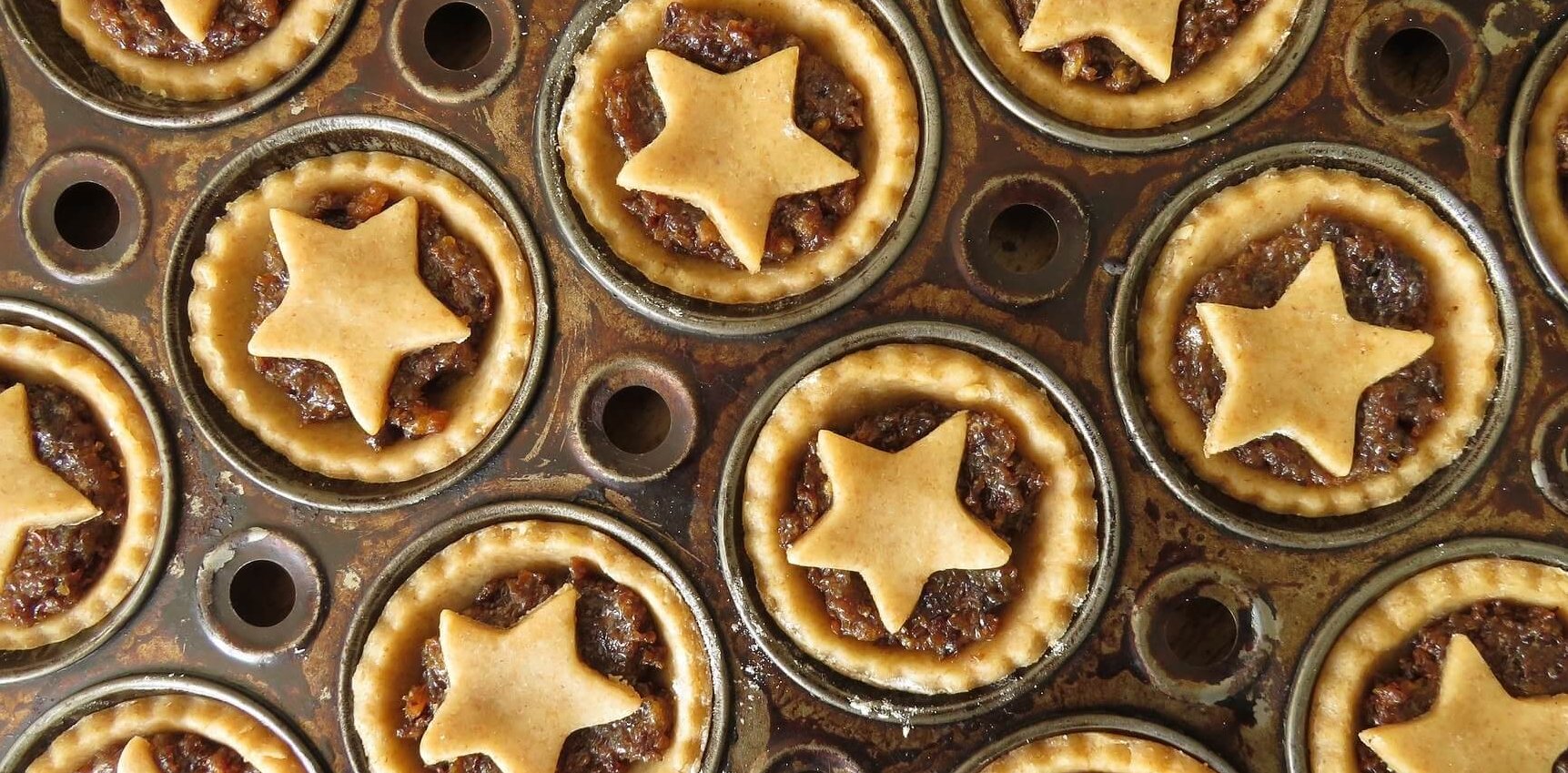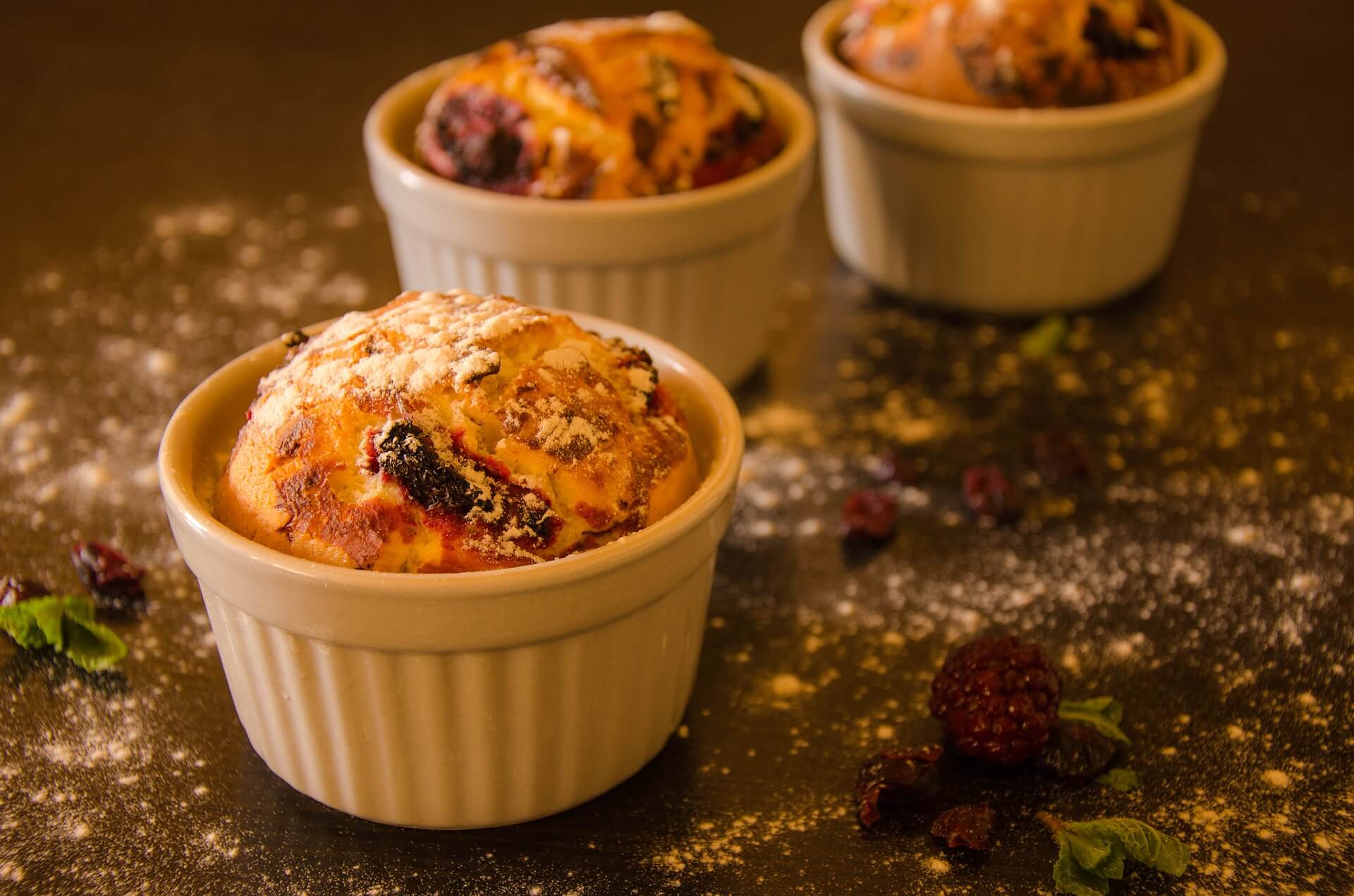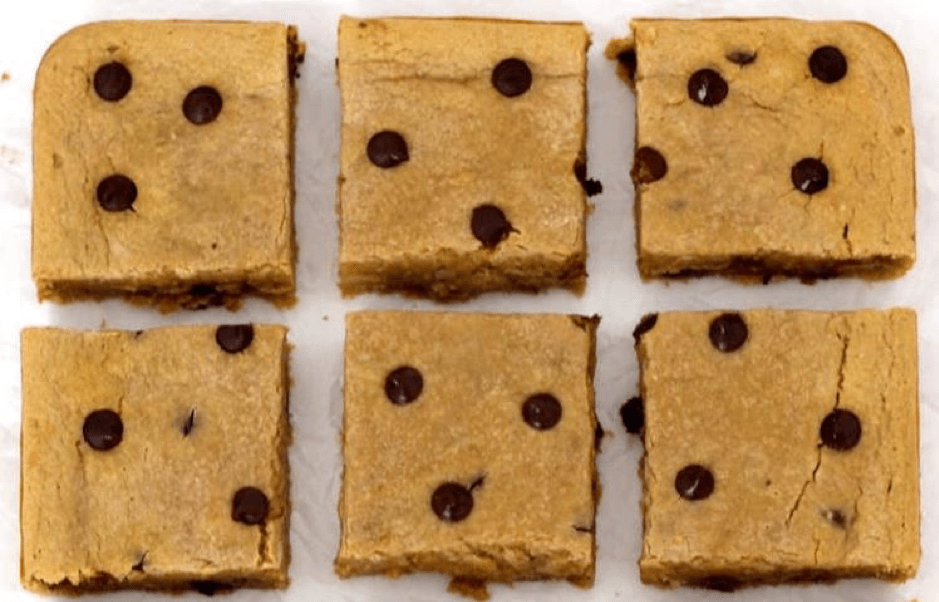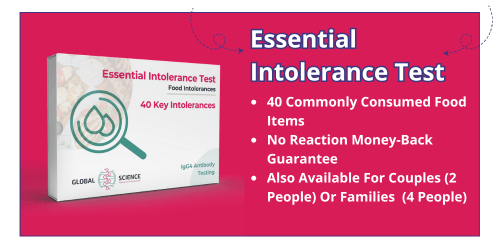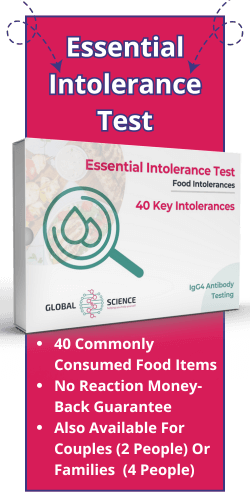Baking bread when you have a gluten intolerance doesn’t have to be as difficult as it sounds. While it isn’t the same as more traditional recipes, you can just as easily bake a lovely loaf of gluten-free bread as you would a regular loaf. Here are a few quick tips to baking bread for those of you with a gluten intolerance.
Gluten-Free Flour Substitute
The first step in baking anything with a view to removing gluten from the recipe is to swap out the all-purpose flour for a gluten-free alternative. There are plenty of options to choose from here. One option that we recommend is trading the same weight in flour for a mixture of 40% tapioca flour and 60% coconut flour. The key with any flour replacement is to swap the weight rather than the same volume as different flours will have different weights.
More Moisture!
Because there won’t be any gluten in your bread, you’ll need to add a little more water to the recipe. This is to rehydrate the gluten-free flour. Start by adding a tablespoon at a time until the mixture reaches dropping consistency. Because of this extra moisture in the recipe, you’ll probably need to bake the loaf for an extra 5-10 minutes as well.
Gluten-free bread isn’t the same
Your bread will have a wetter consistency because of the added water. So don’t be worried if your dough feels more like batter. The gluten free bread will also continue to develop its structure until completely cool – reaching room temperature. We recommend you keep the loaf in the oven with the door open until it has cooled to room temperature. This will help prevent the bread from sinking,
It’s certainly a different experience to bake bread suitable for people with gluten intolerance, but the outcome is just as good! It’s a relief to know that you can still enjoy a slice of toast in the morning without the issues that gluten might cause you. As we like to say – having a food intolerance isn’t the end of the world, it’s usually the beginning of a journey to a healthier you.

